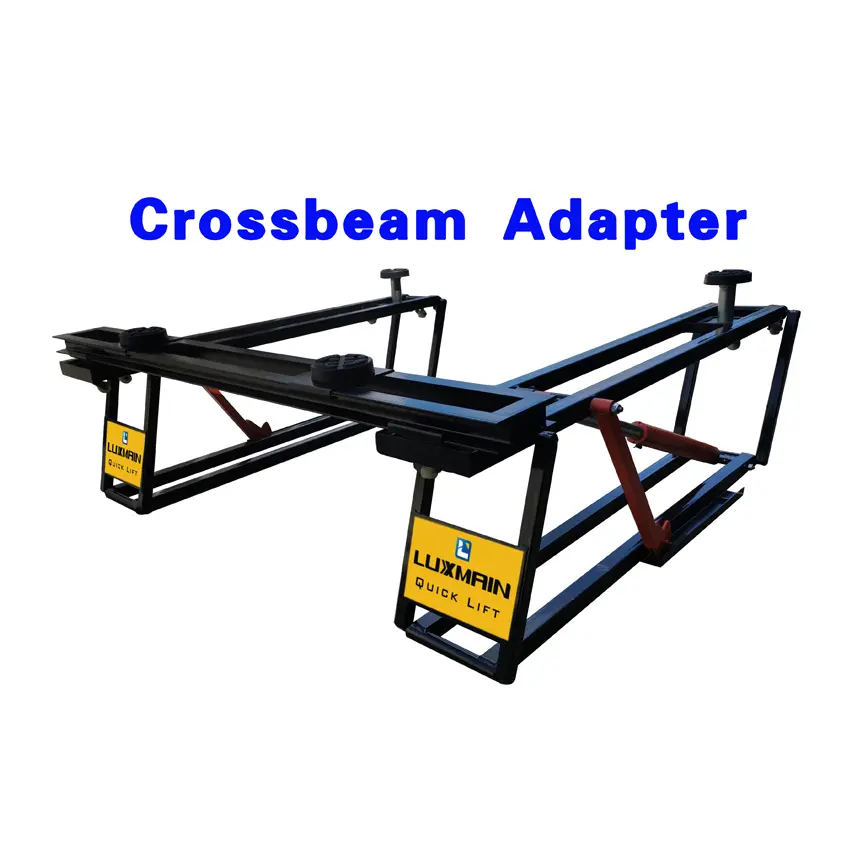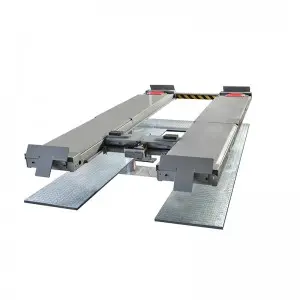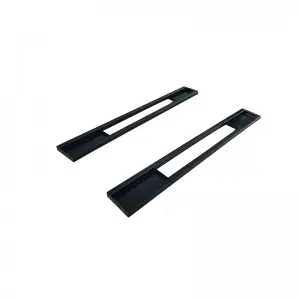****

Maximizing Efficiency and Safety in Automotive Repair: The Role of Inground Lifts in Modern Workshops
In the world of automotive repair and maintenance, efficiency and safety are paramount. As vehicles become more complex and varied, the tools and equipment used to service them must evolve accordingly. One such crucial piece of equipment is the inground lift. Often overlooked in favor of more visible, traditional lifts, inground lifts offer a range of benefits that can significantly enhance the productivity and safety of an automotive workshop. This article explores the advantages of inground lifts, their installation process, maintenance requirements, and their overall impact on the automotive service industry.
What is an Inground Lift?
An inground lift is a type of vehicle lift that is installed below ground level, offering a seamless and unobtrusive solution for elevating vehicles. Unlike conventional lifts that are visible above the floor, inground lifts are raised and lowered via hydraulic systems hidden beneath the surface. This design not only saves valuable floor space but also provides a clean and clear work area, reducing tripping hazards and allowing for optimal workflow.
Benefits of Inground Lifts

Maximizing Efficiency and Safety in Automotive Repair: The Role of Inground Lifts in Modern Workshops

Maximizing Efficiency and Safety in Automotive Repair: The Role of Inground Lifts in Modern Workshops
1. **Space Efficiency**: One of the most significant advantages of inground lifts is their space-saving design. In garages where floor area may be limited, inground lifts create a less cluttered environment. Since the lift is hidden away, it provides more room for additional equipment, tools, and vehicles, facilitating a more organized workspace.
2. **Increased Safety**: Safety is a critical concern in any workshop. Inground lifts greatly reduce the risk of injuries associated with traditional lifts, such as slips and falls caused by protruding equipment. Additionally, with the lift hidden, there are fewer tripping hazards. Furthermore, these lifts often come equipped with advanced safety features, such as automatic safety locks and overload protection systems, ensuring that the vehicle remains securely elevated during repairs.
3. **Enhanced Accessibility**: Inground lifts allow for easier access to the underside of vehicles, which is particularly important in repair operations requiring thorough inspections or servicing. Mechanics can work comfortably in a standing position without having to awkwardly maneuver around a traditional lift, reducing the risk of strains and injuries.
4. **Improved Workflow**: With an inground lift, mechanics can quickly move between tasks without the need to navigate around bulky equipment. This streamlined movement enhances workflow efficiency, allowing staff to complete more jobs in a shorter amount of time. Moreover, the lift’s design often allows for dual use, supporting both servicing and vehicle storage without disrupting operations.
5. **Durability and Low Maintenance**: Inground lifts are built to withstand the rigors of daily use. Because they are installed below ground level, they are less susceptible to damage from accidental bumps, which can occur with surface-mounted lifts. While all lifts require maintenance, inground models typically have lower maintenance needs thanks to their robust construction and protected nature.
Installation Process
Installing an inground lift is a detailed process that requires careful planning and execution. The first step involves assessing the workshop’s layout to determine the optimal location for the lift. Once a suitable location is identified, excavation is required to create a pit for the lift. It is critical to ensure that the installation meets all safety and regulatory codes, including electrical and hydraulic requirements. After the lift is set in place, it must be properly calibrated and tested to ensure safe operation.
Maintenance Considerations
While inground lifts require less maintenance than some other types of lifts, regular inspections are essential to ensure their safe and efficient operation. Mechanics should routinely check hydraulic fluids, inspect safety features, and ensure that electrical systems are functioning correctly. Keeping detailed maintenance records can also help prolong the life of the lift and minimize unexpected downtime.
Conclusion
Inground lifts are a pivotal asset in modern automotive workshops, providing a host of benefits that enhance both safety and efficiency. Their space-saving design, ease of access, and durability make them an ideal choice for many service centers. As the automotive industry continues to evolve, the incorporation of advanced tools like inground lifts will play an essential role in ensuring that workshops can meet the demands of contemporary vehicle maintenance. Investing in quality inground lifts can ultimately lead to improved productivity, safer working conditions, and greater profitability for automotive businesses.Cylinder



